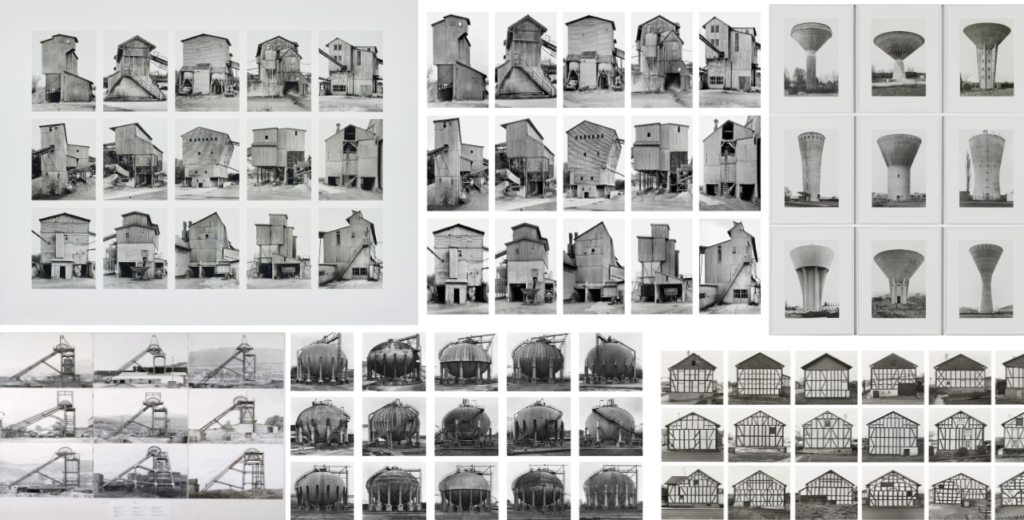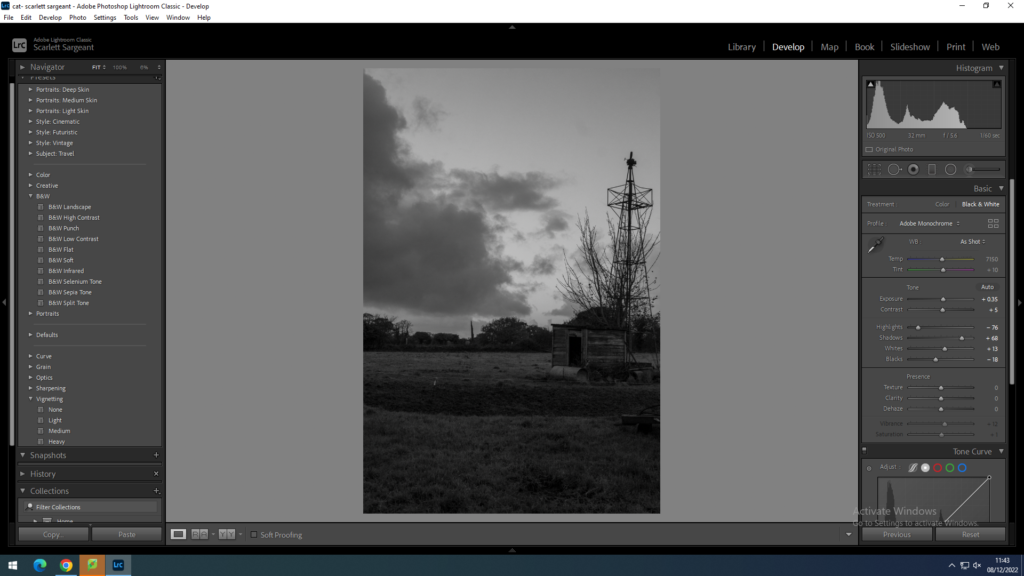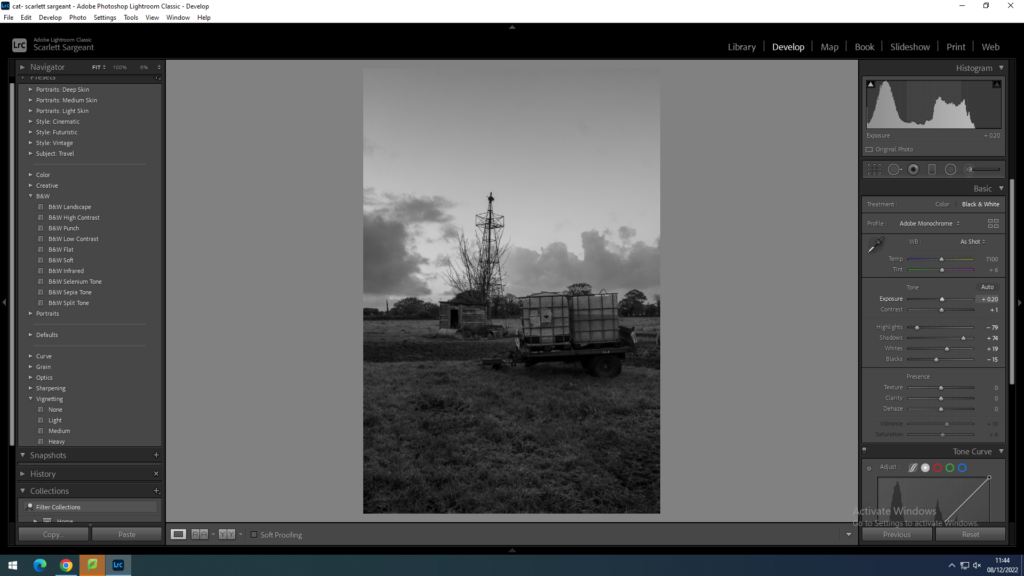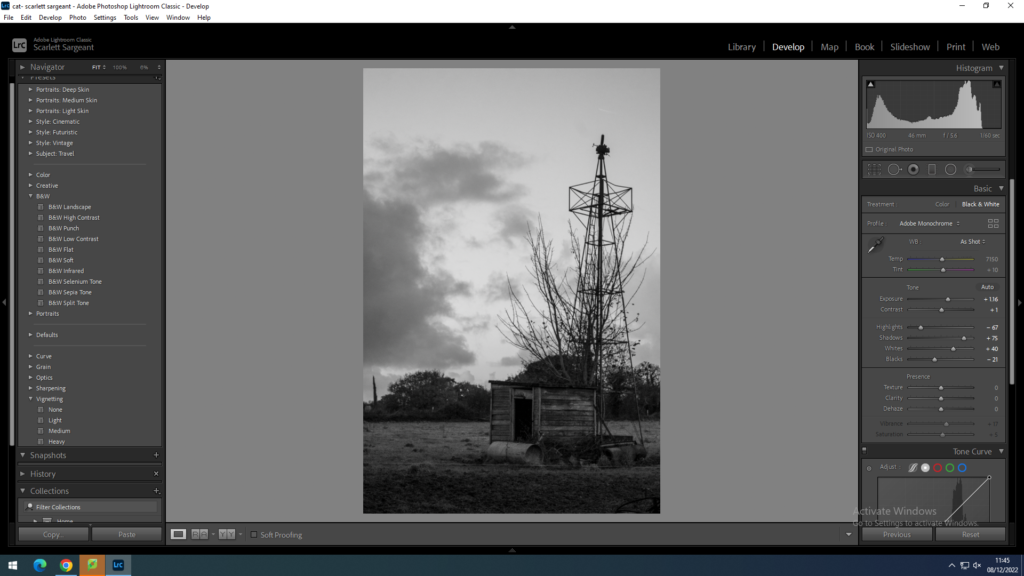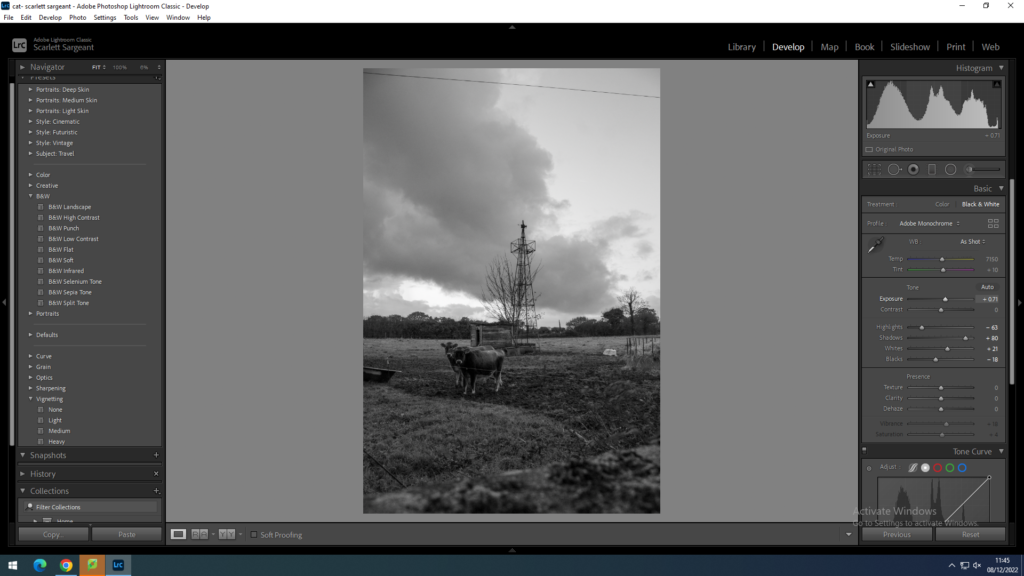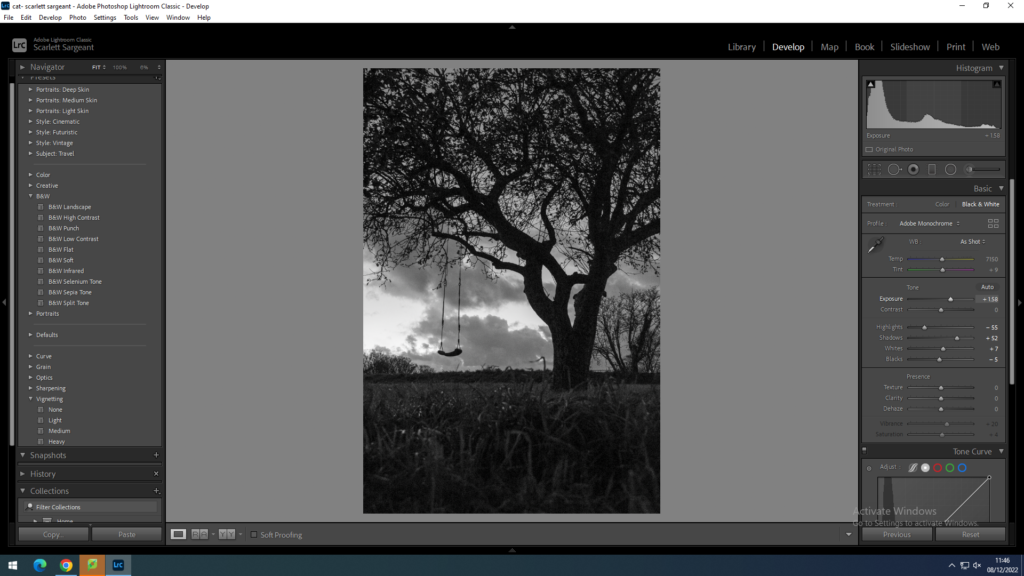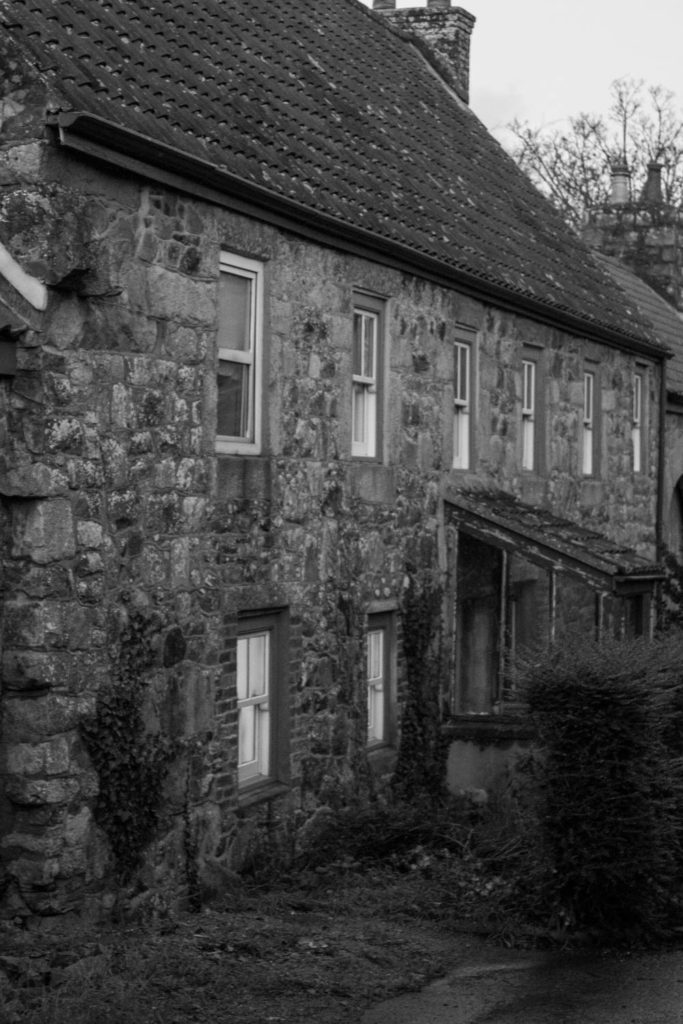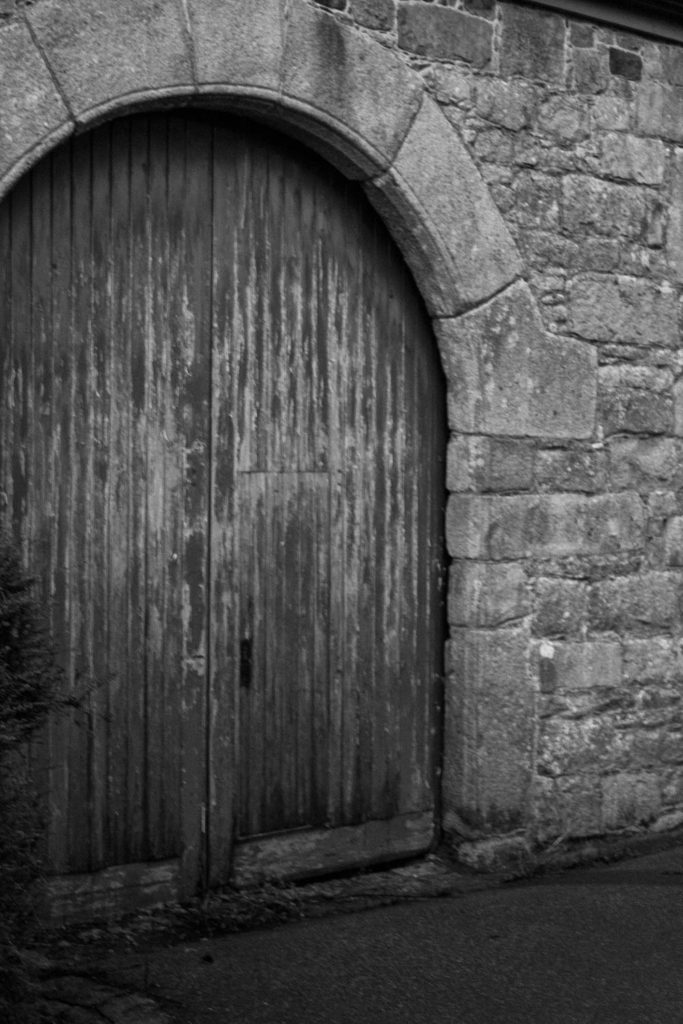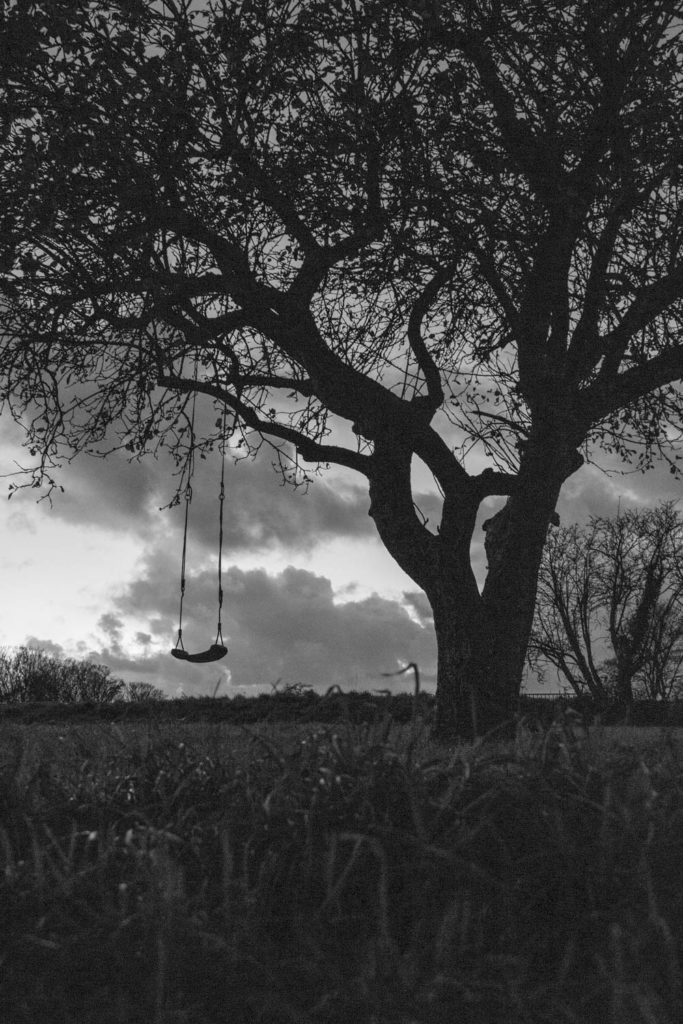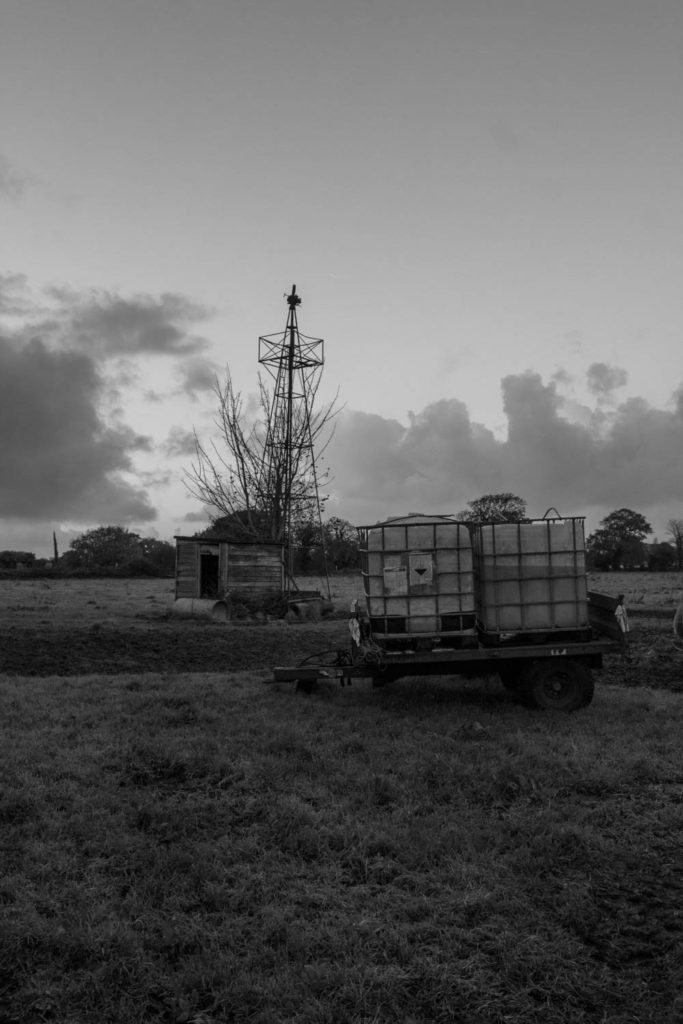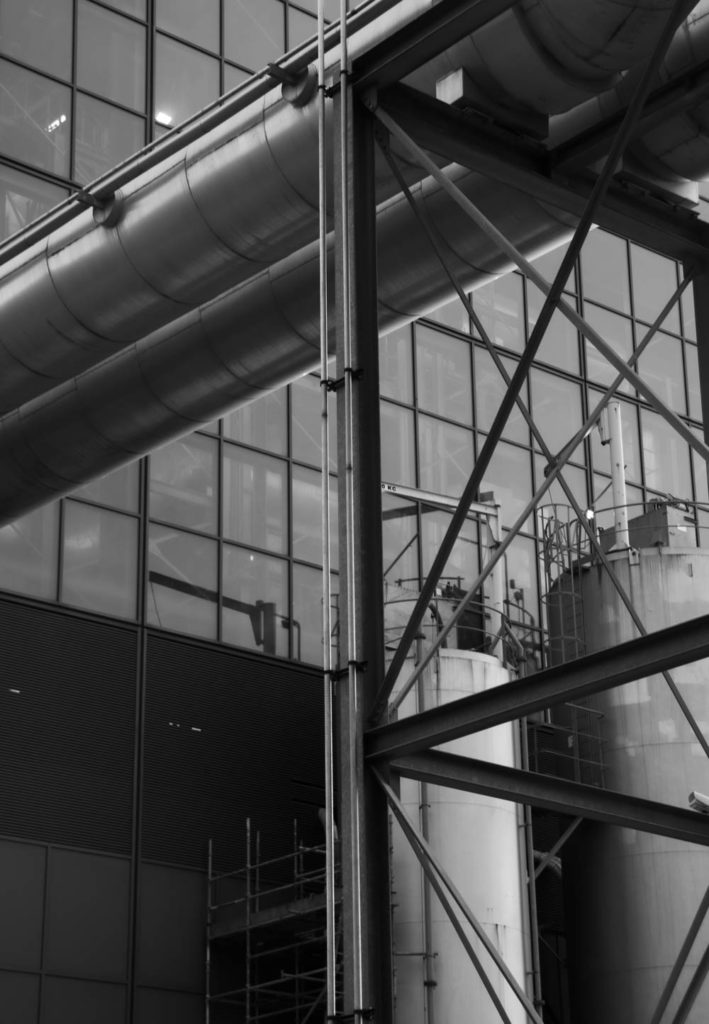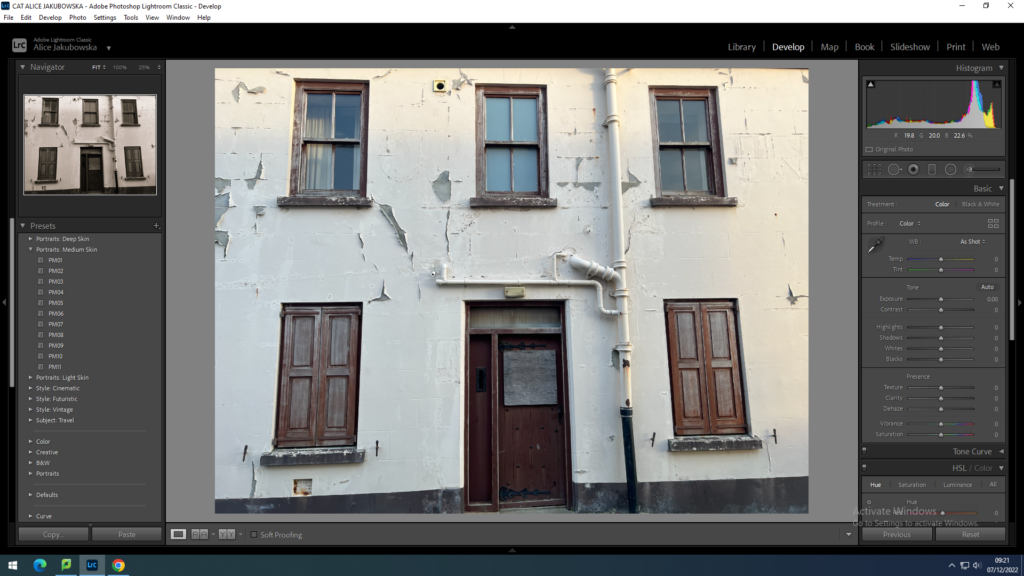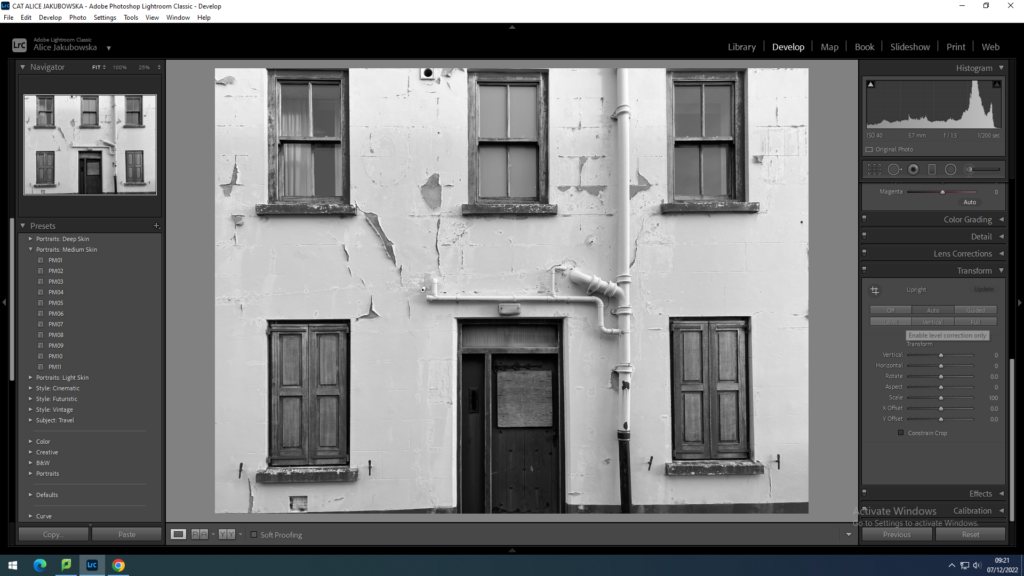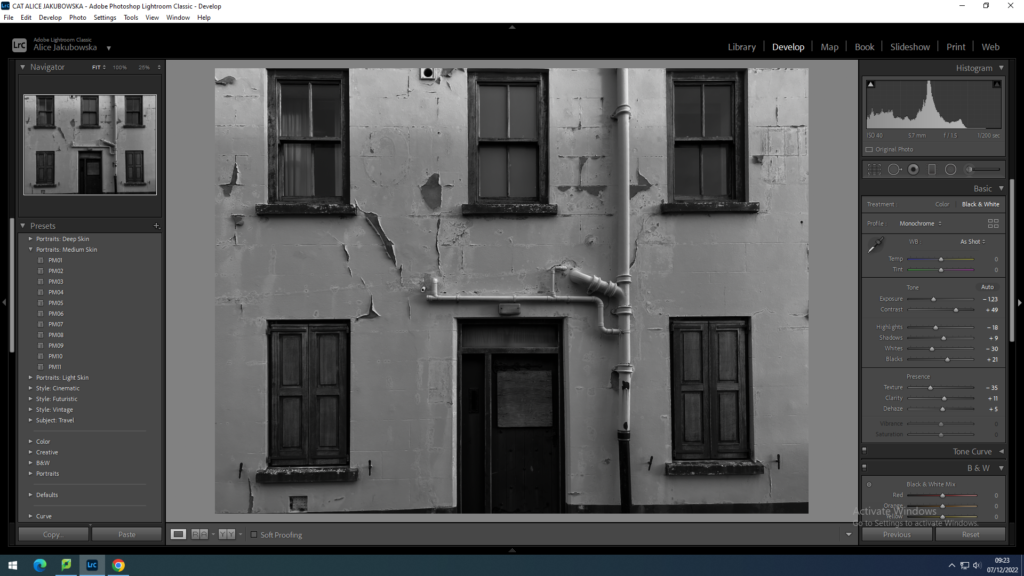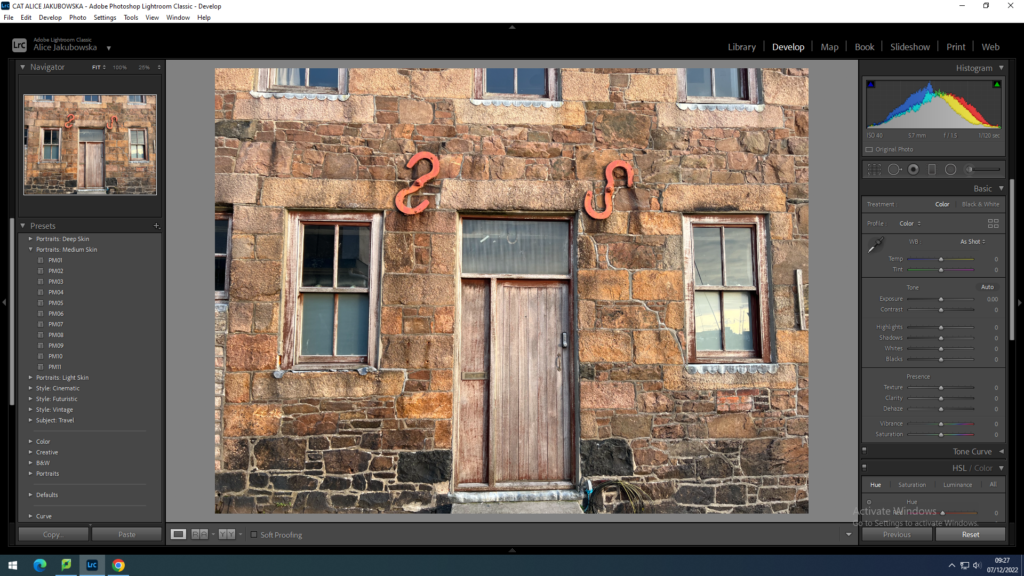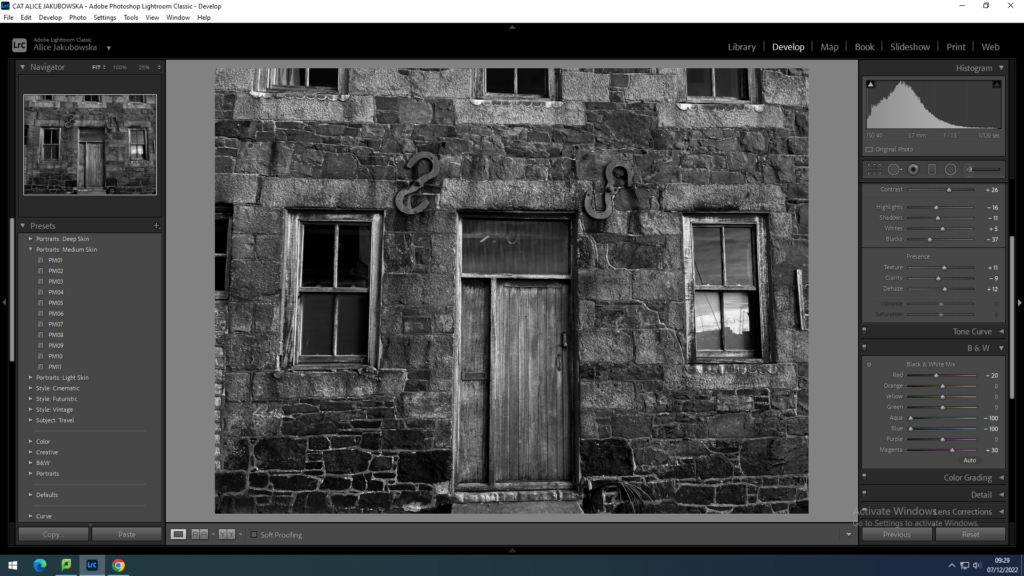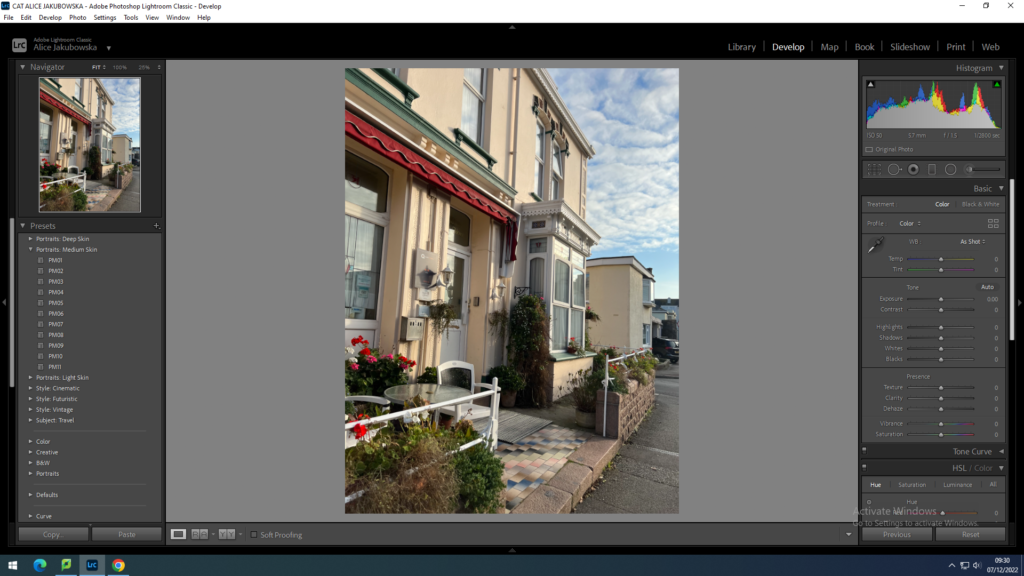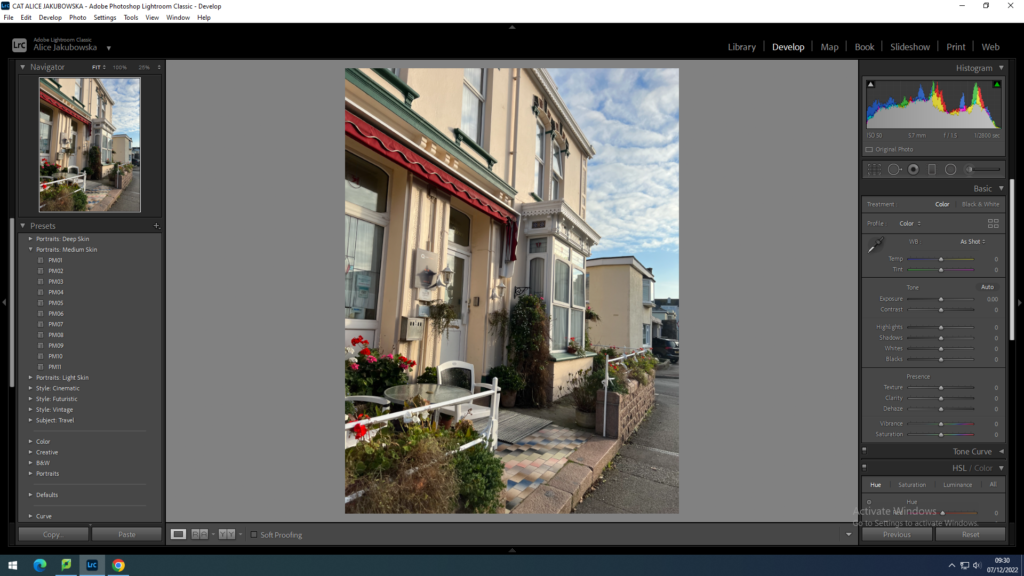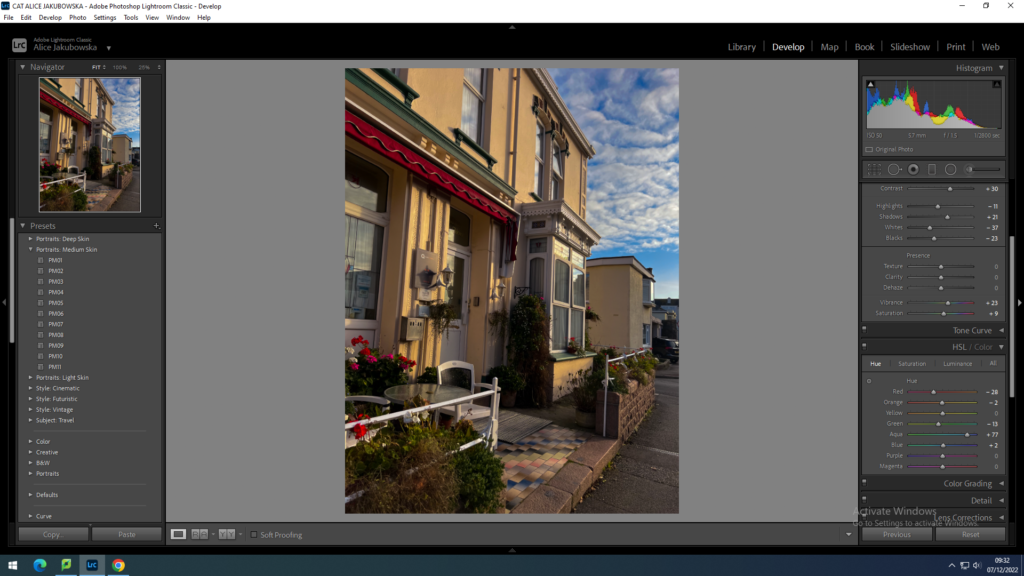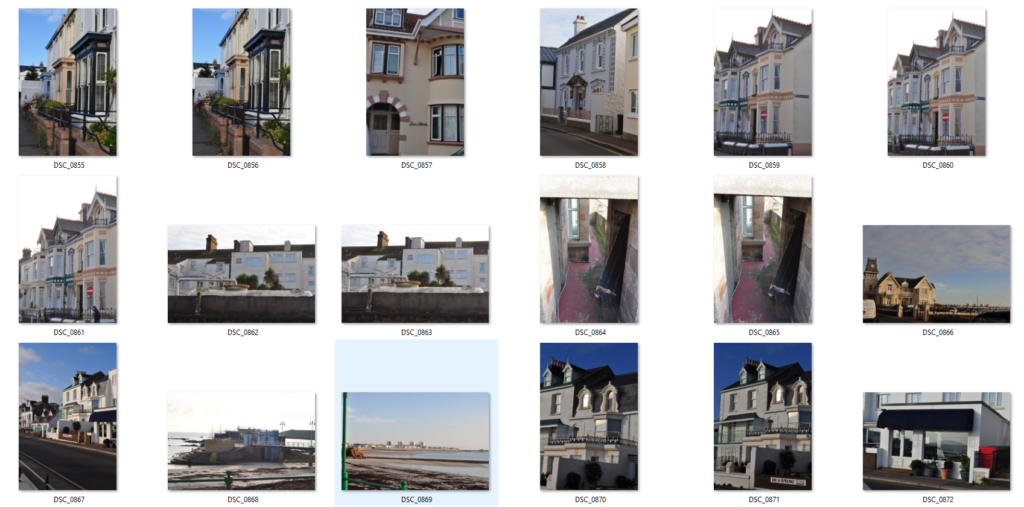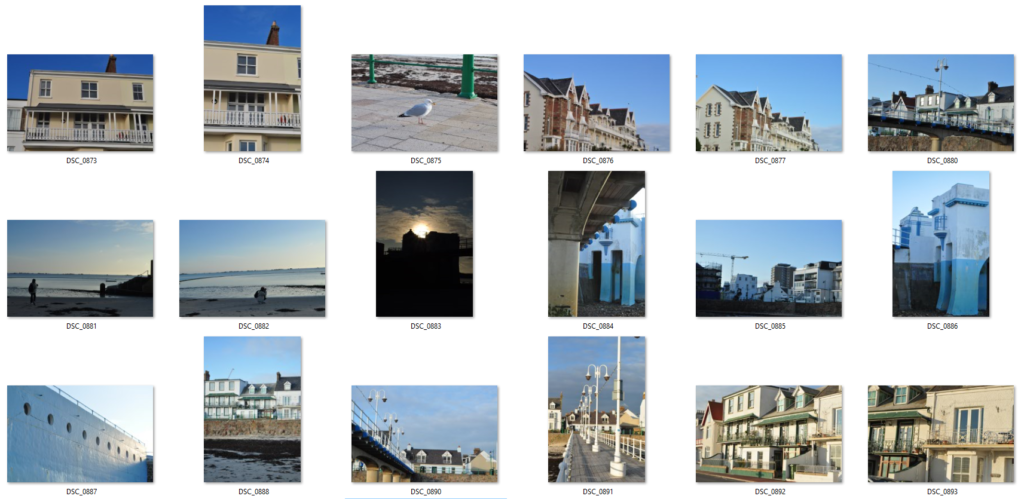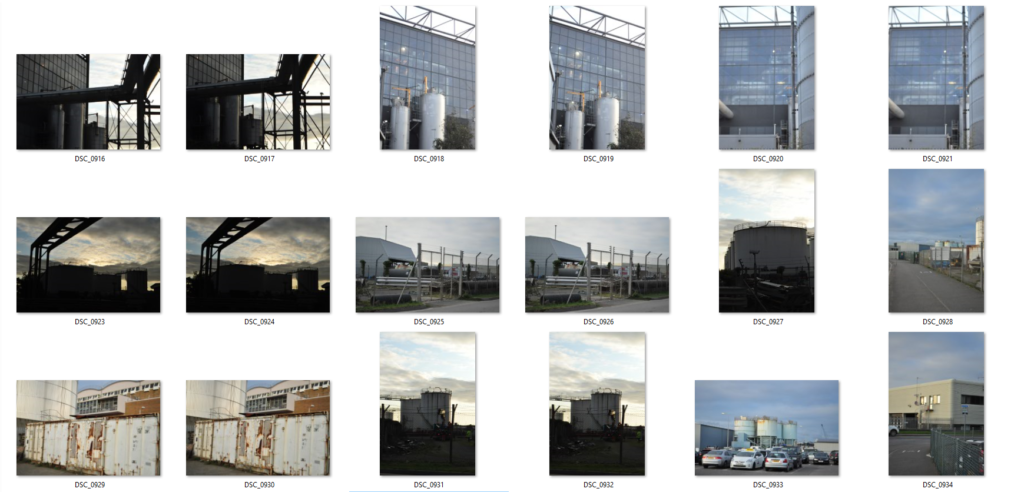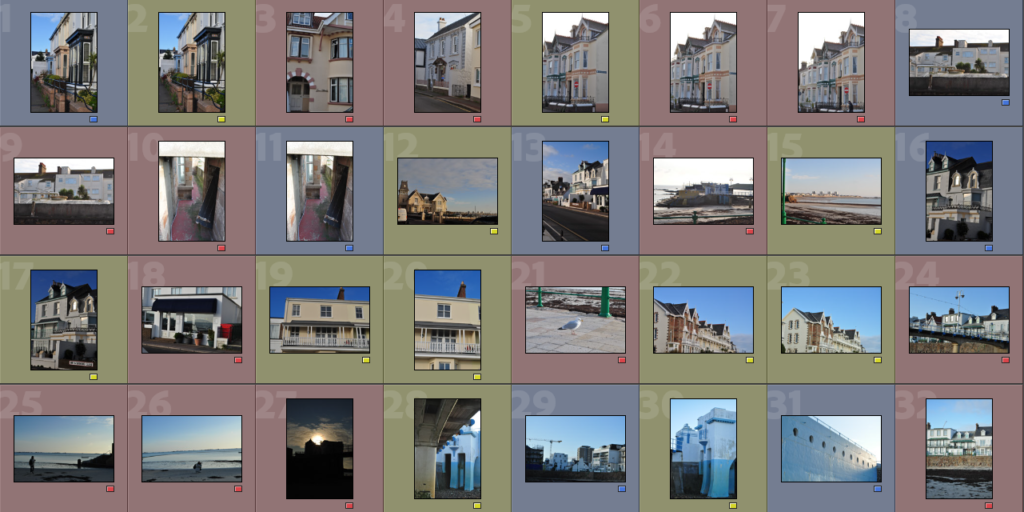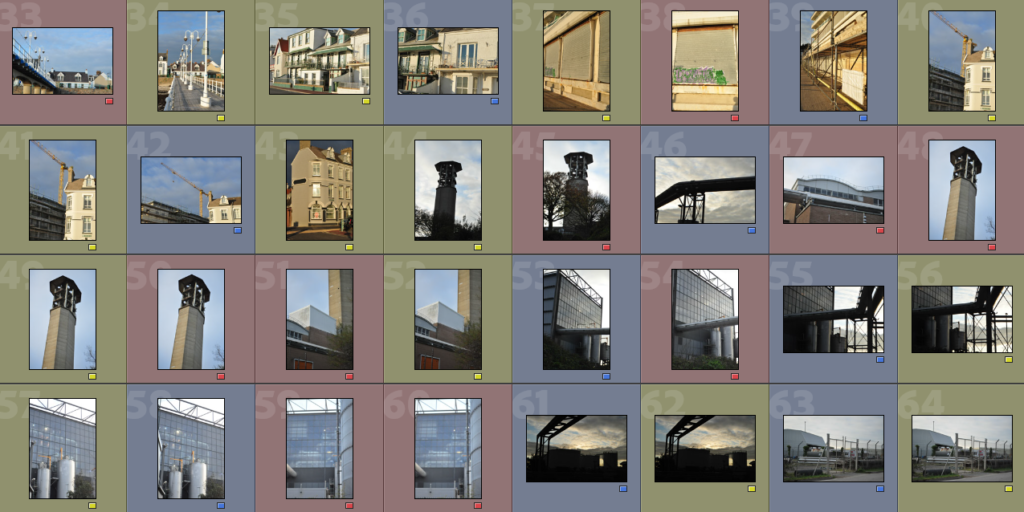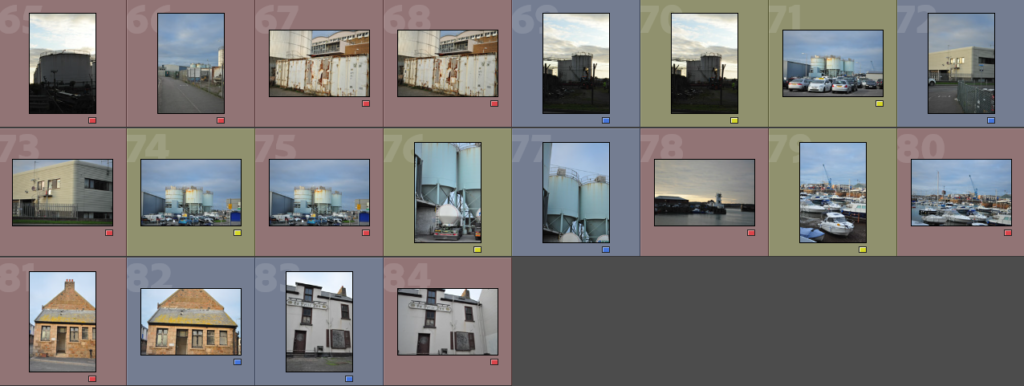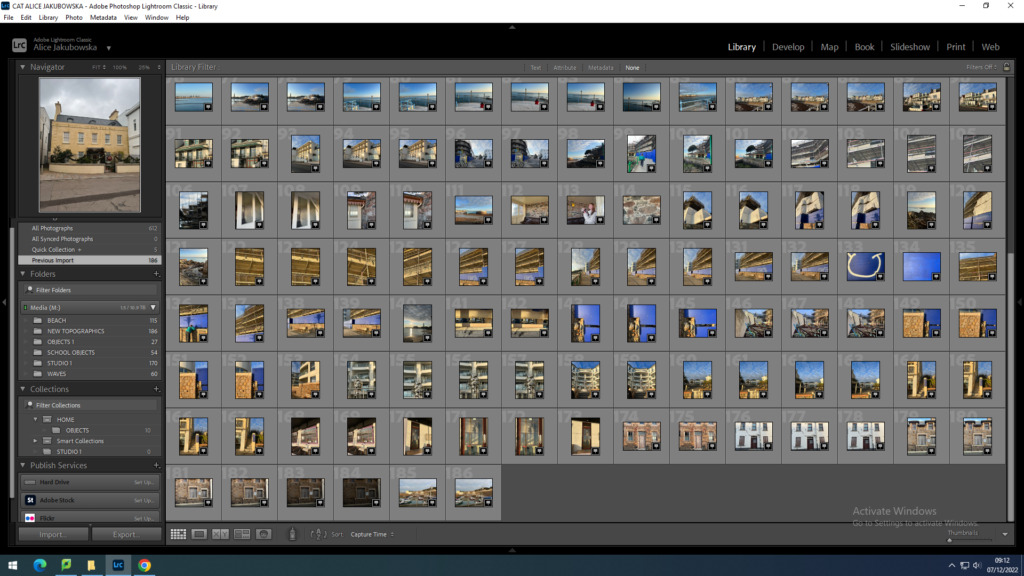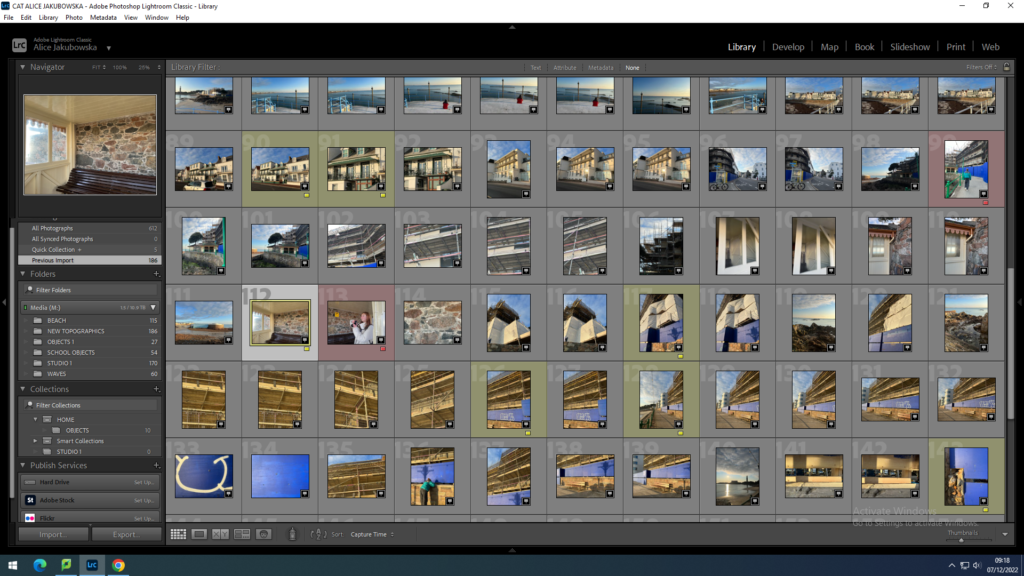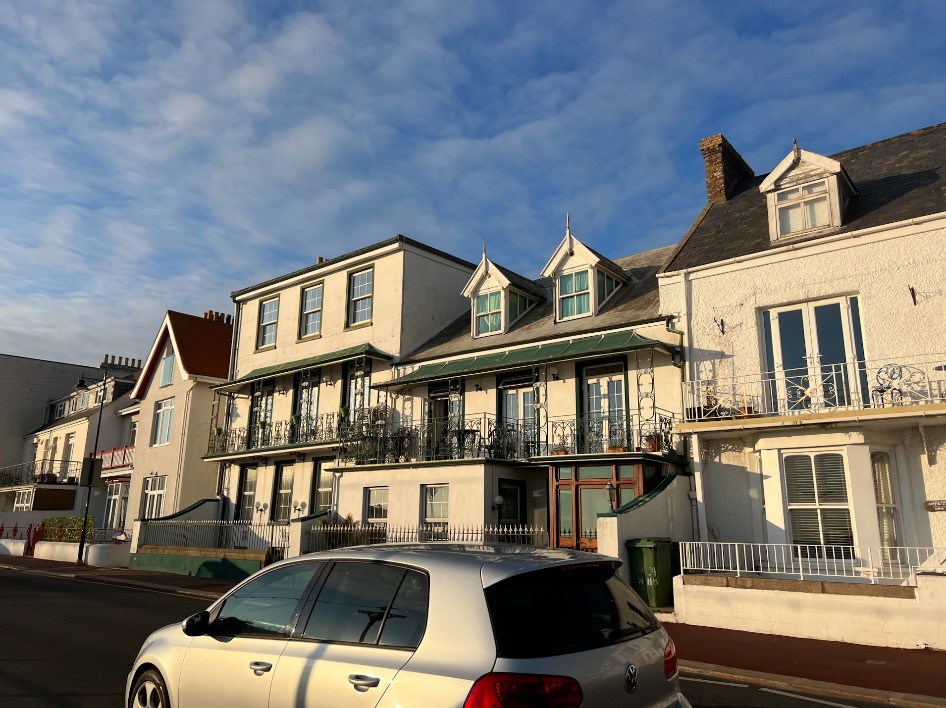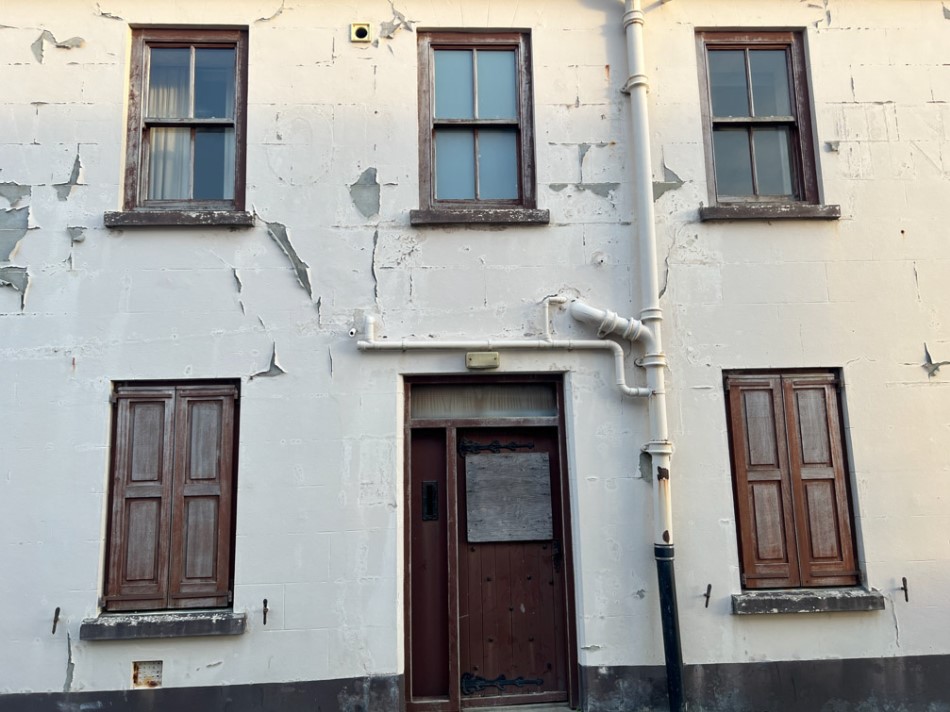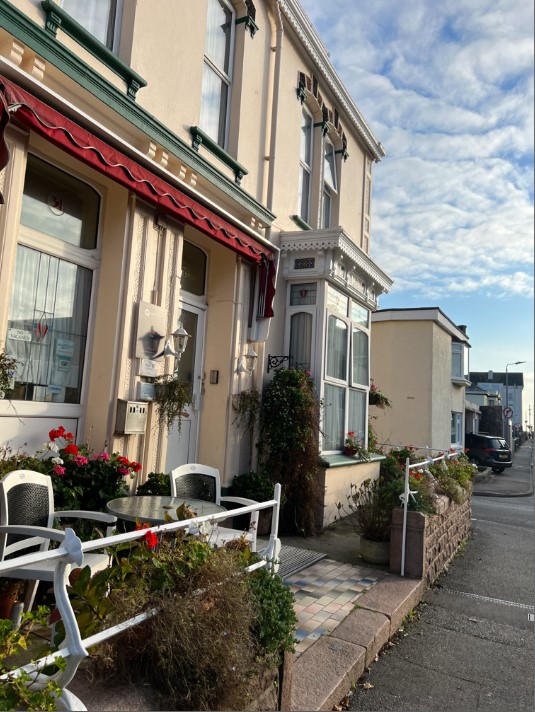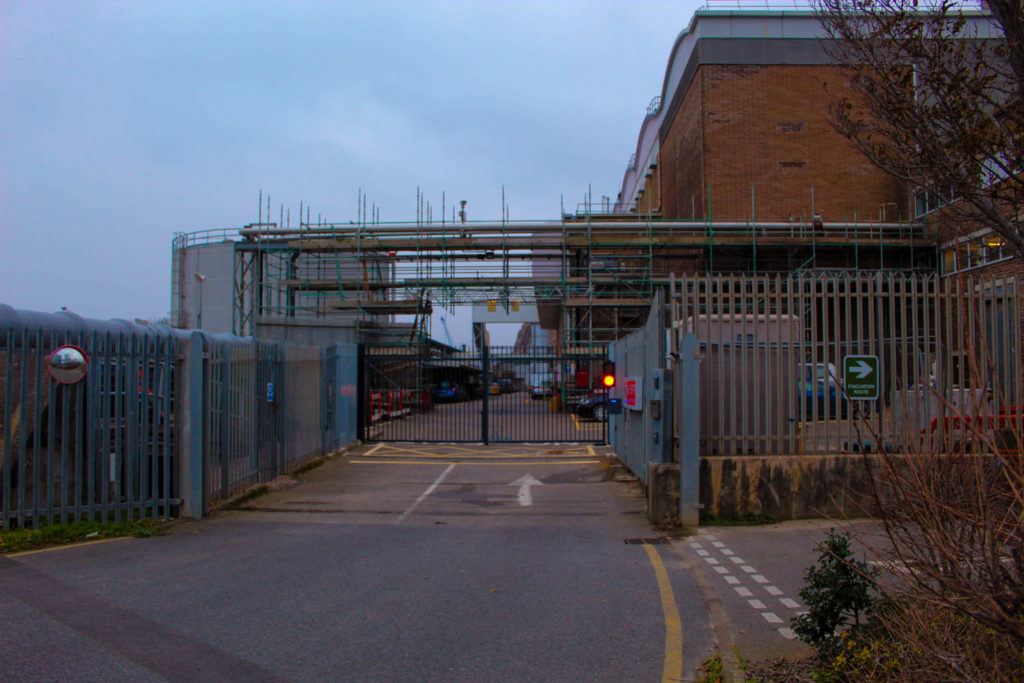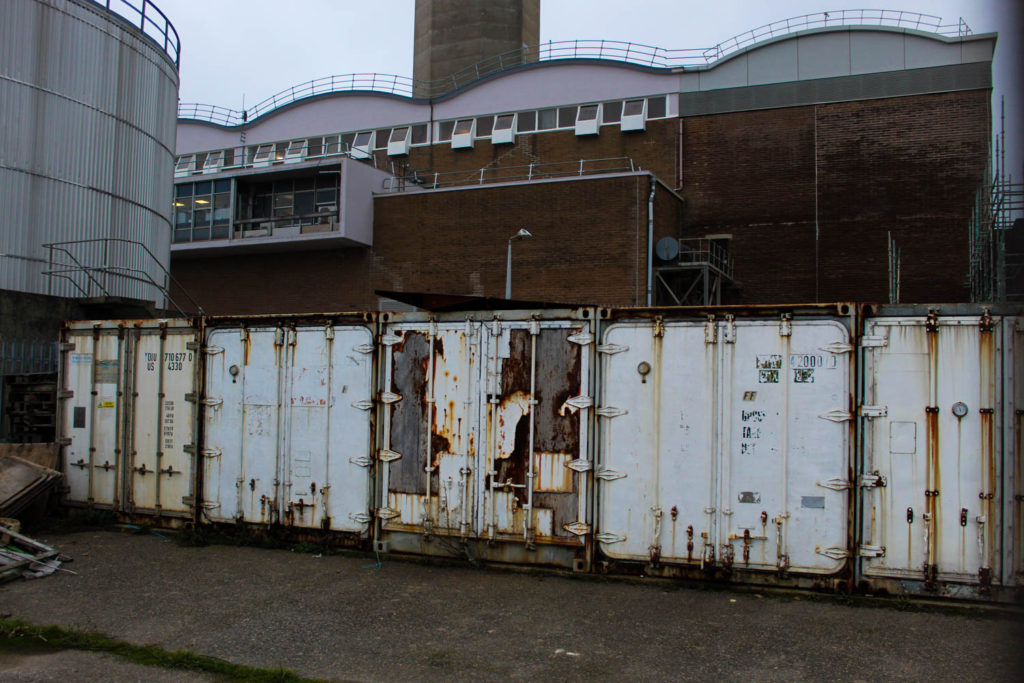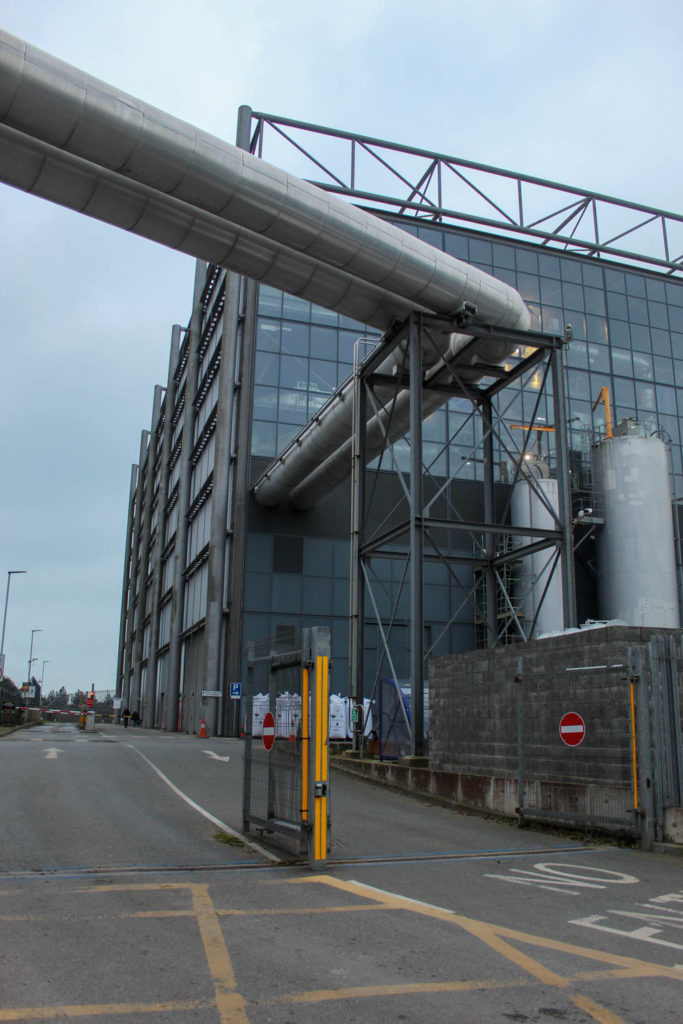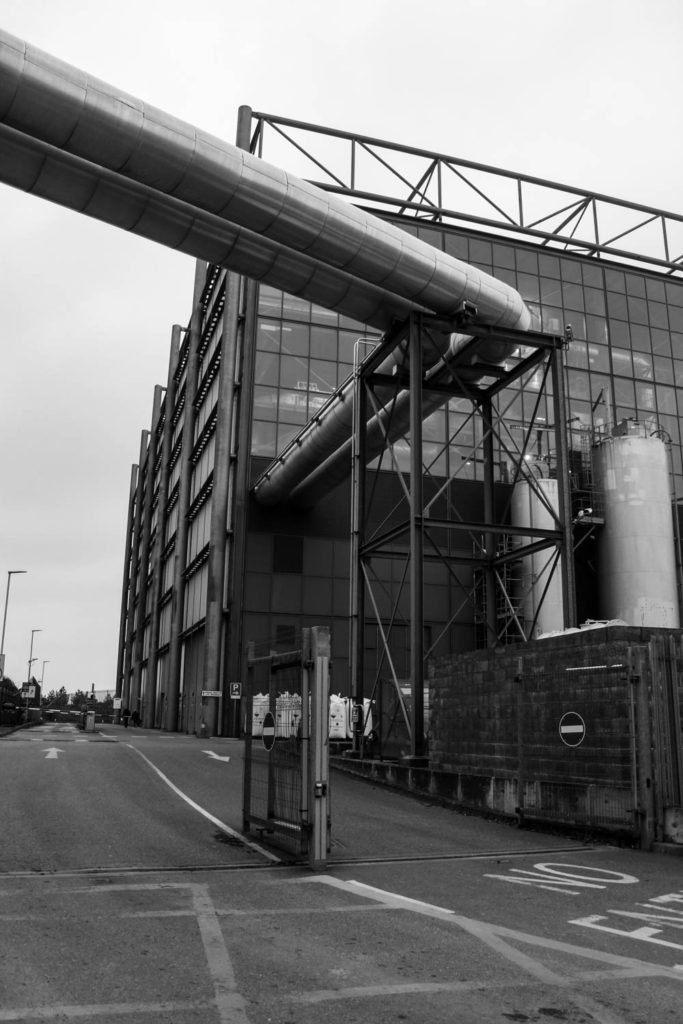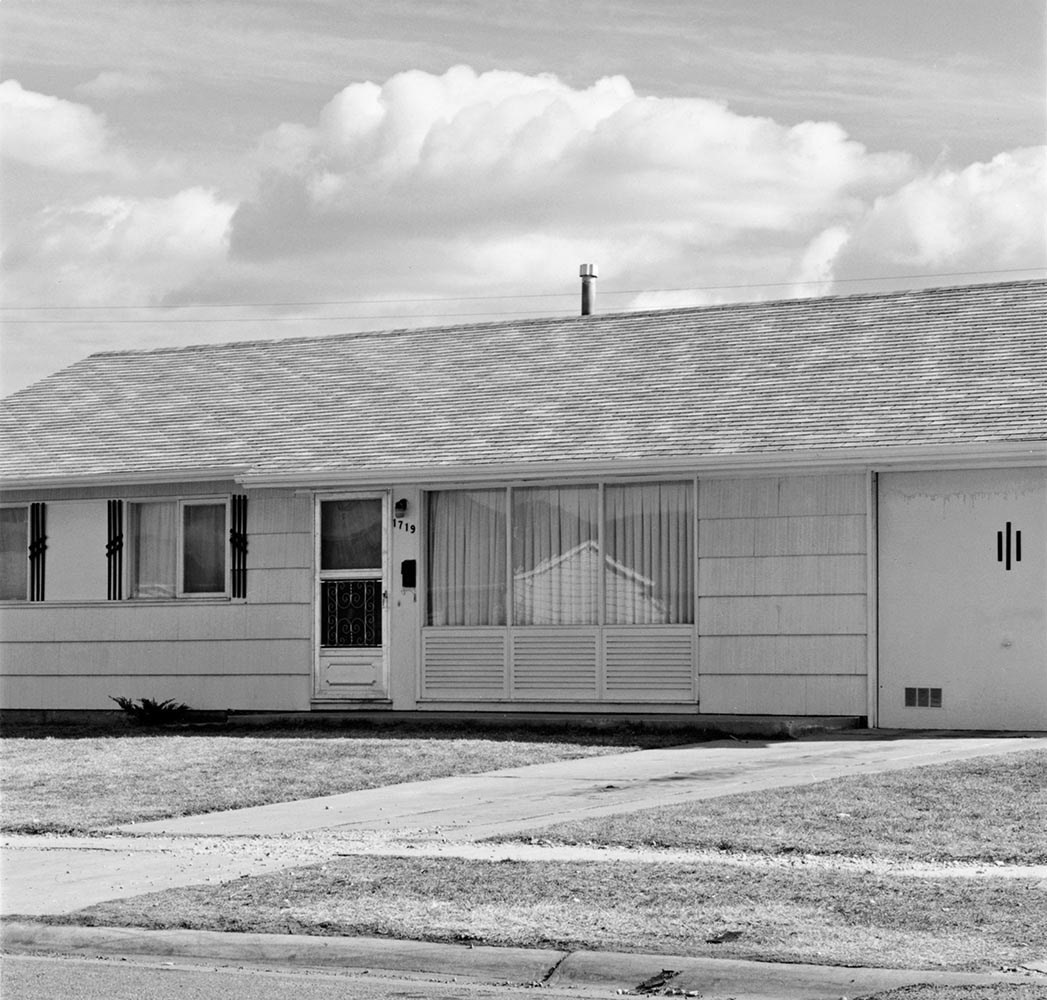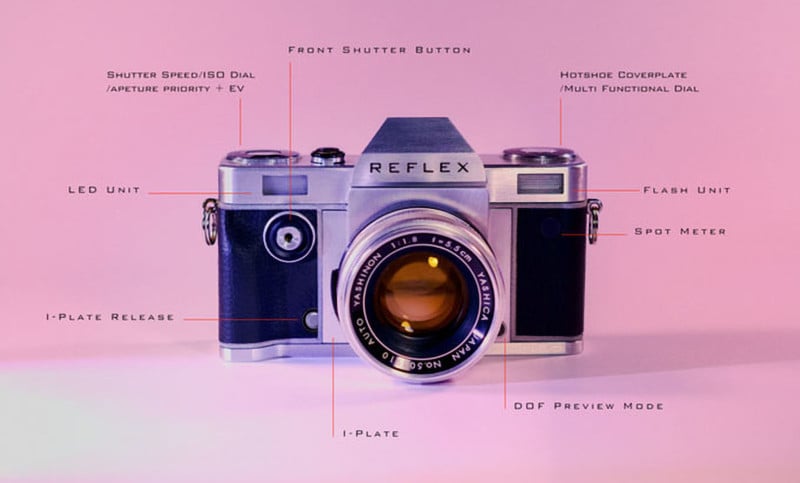About Typology
A typology is a single photograph or more commonly a body of photographic work, that shares a high level of consistency which involves subjects such as the environment and photographic process.
Typology was first used to describe a style of photography when Bernd and Hilla Becher who are a rare artist couple, began documenting dilapidated German industrial architecture in 1959. The couple described their subjects as ‘buildings where anonymity is accepted to be the style’.
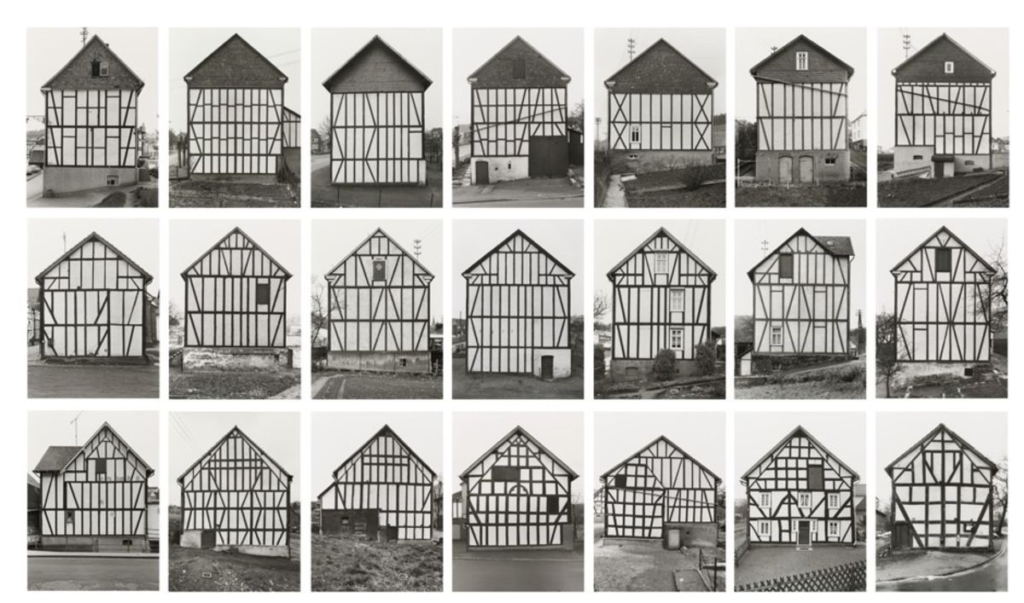
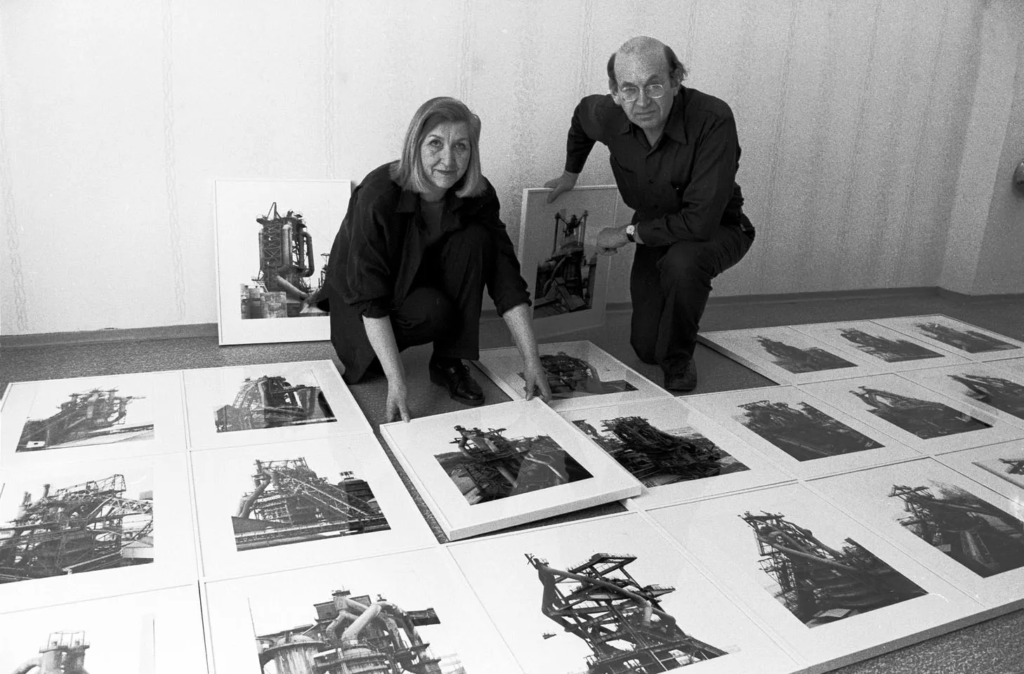
The Becher’s had worked in the steel and mining industries which was their initial focus. They were fascinated by the similar shapes in which certain buildings were designed. After collecting thousands of pictures of different structures, they noticed that they often shared multiple distinctive qualities. Together, they went out with a their camera and photographed these buildings from a number of different angles, but always with a straightforward and objective point of view. They shot only on overcast days to avoid shadows, and early in the morning during the seasons of spring and fall. If they went out on a bright day they would usually wait for a cloud to block out the light to exclude any necessary light.
A mood board of their work.
